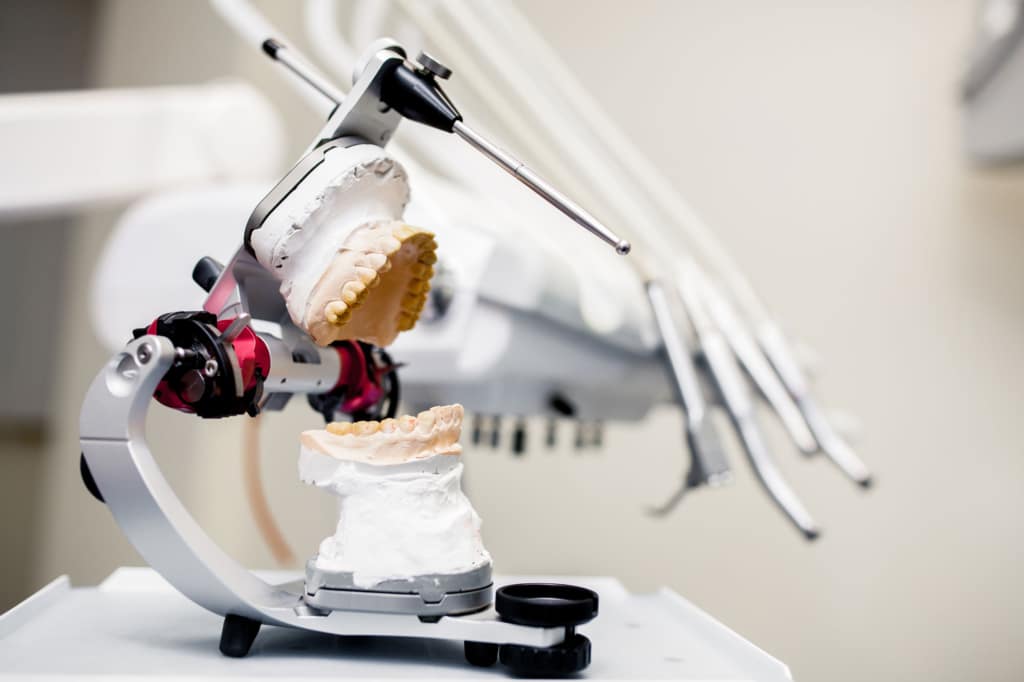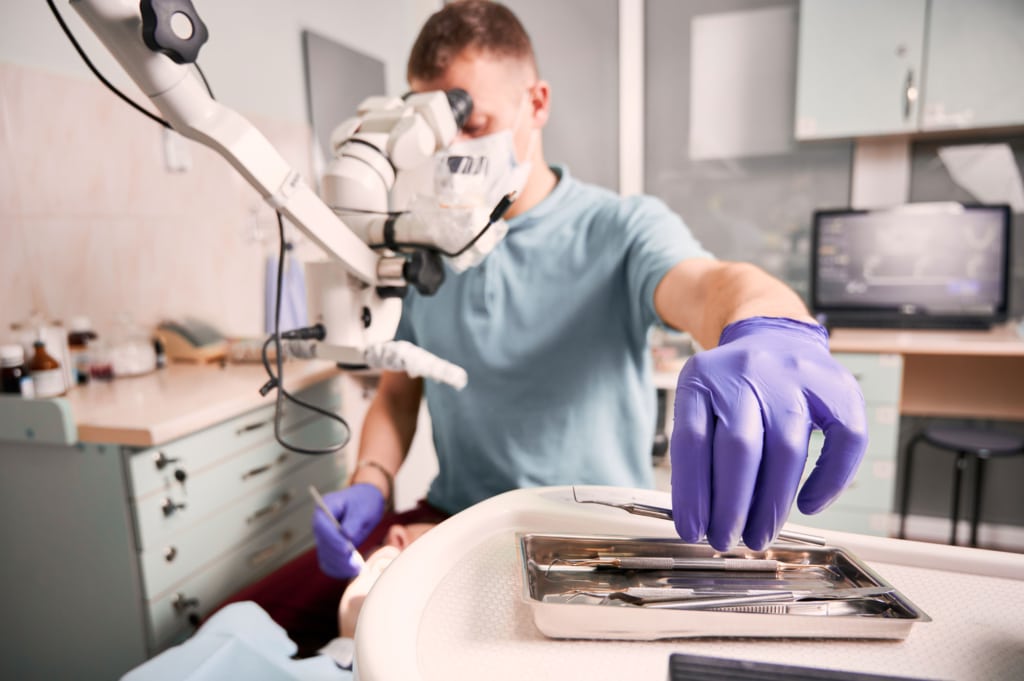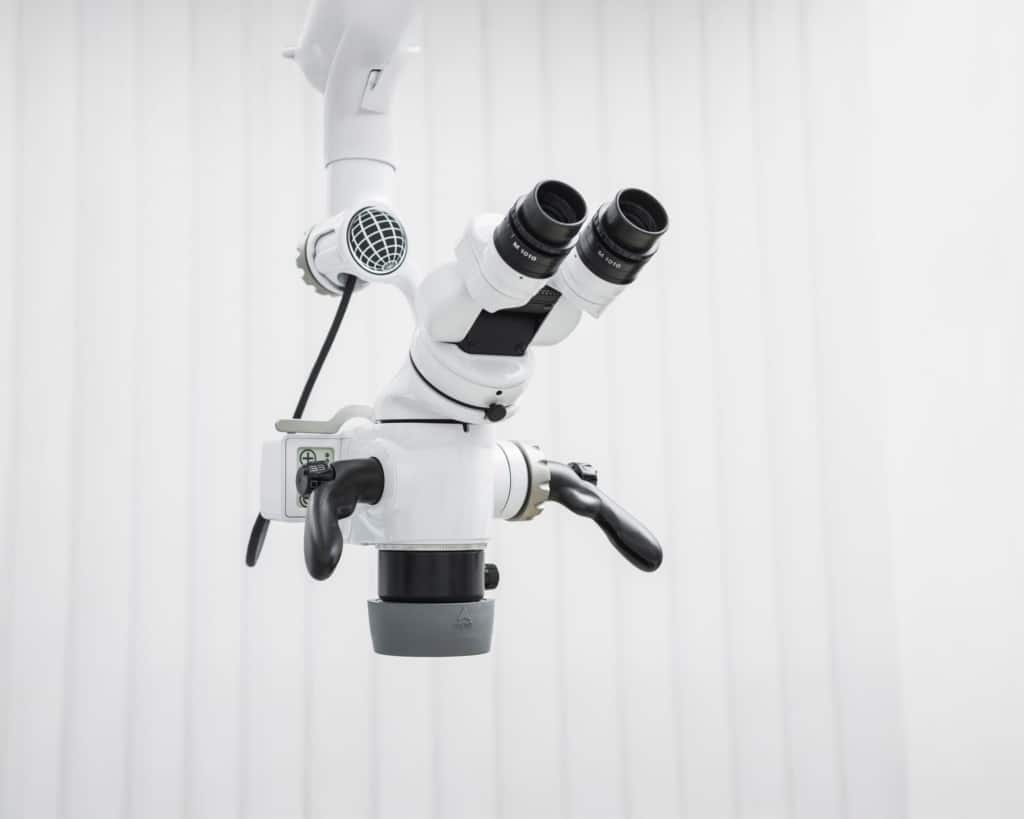Can you picture a world where you go to your dentist and you’re seen by robot dental hygienists? It sounds like something from a movie, for sure, but this is a reality that isn’t too far off. In 2024, a US-based company announced the completion of the world’s first fully automated dental procedure on a human using its advanced robotic dentistry system, so who knows where dentistry could go next?
In terms of dental hygienists, with the US facing a shortage of these crucial professionals, it may not be long until you encounter robot dental hygienists.
These challenges alone make it clear as to why consumer confidence is down and why navigating the world of dental care in the US can sometimes feel like charting unknown waters, for both patients and practices.

Why is there a shortage of dental hygienists?
Across the nation, dental practices have been feeling the strain of a severe shortage of dental hygienists. Reasons for this shortage include an aging workforce with a decrease in the number of new entrants, an increasing demand for preventative care, which means longer work hours, which can lead to burnout within the profession, and even a simple change in life circumstances causing more people to look for flexible professions that can be done remotely.
The knock-on effect for patients is longer waiting times for appointments and barriers to access to crucial preventative care. For dental practices, there is mounting pressure on existing staff and limitations on the number of patients they can serve. The entire situation begs for an innovative solution, and one intriguing possibility could be the use of robotics.

The future of dentistry could be robot dental hygienists
A future where robots work alongside human dental professionals is really not that unbelievable. While the idea of a fully automated dental cleaning might sound extreme, the potential for robotic assistance, in this field in particular, is fast becoming a tangible reality.
How could robots revolutionize the dental hygienist's role?
- Robots could handle the more repetitive and physically strenuous tasks like scaling and polishing teeth. While very important, these tasks can become taxing for human hygienists in the long term. Robots could free up live team members to focus on more complex responsibilities by handling these types of automated activities, leaving humans to the tasks of critical thinking, patient interaction, and personalized care.
- Robots have the power to provide precision and consistency through advanced imaging and sensor technology to drive levels of accuracy that even the most skilled human might find difficult to maintain.
- Robots could play an important role in patient education by visually demonstrating proper brushing and flossing techniques in engaging ways. Through their advanced capabilities, these types of educational interactions can be tailored to each patient’s unique history and oral anatomy to create a fully personalized learning experience.

Looking ahead to a new dawn of dentistry efficiency
The future of robotics in dentistry will likely be one of collaboration rather than complete replacement. The landscape must be one where dental practices explore the possibilities of robots and human hygienists work in tandem, each with their own unique strengths, but still maintaining the human connection with patients. For example, hygienists can better focus on patient assessment, diagnosis, treatment planning, and building connections, while robots assist with the more technical and repetitive things like cleaning and even mundane administrative tasks.
A collaborative model like this could combat the current shortage by increasing efficiency and allowing dental teams to serve more patients. It could also enhance the quality of care by providing more precise and consistent cleanings. It could even make dental care more accessible in underserved areas through teledentistry applications where a remote human professional could guide a robotic system.
Of course, the integration of robots into dental hygiene will raise important questions about training, regulation, and the irreplaceable human element of patient care; the empathy, communication, and personalized touch that human hygienists provide simply can’t be replaced. However, by thoughtfully embracing the advancements in robotics, there is the potential to create a more efficient, accessible, and healthier future for everyone’s dental care.
The idea of a dental hygienist by robot might sound novel today, but it could very well be a key ingredient in the future of oral healthcare.
If you want to increase efficiency in your dental practice contact Plan Forward today.


